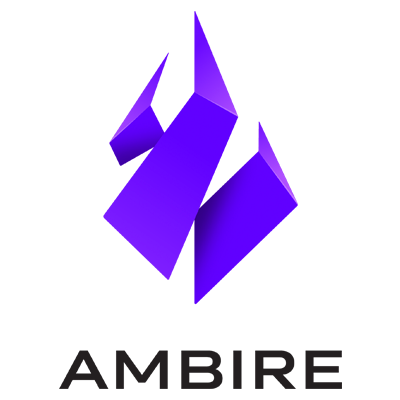3,384 reads
How we built the largest payment channel network on Ethereum
by
September 9th, 2019
Audio Presented by

The first DeFi wallet that combines power, security and ease of use, while being open-source & non-custodial.
About Author
The first DeFi wallet that combines power, security and ease of use, while being open-source & non-custodial.